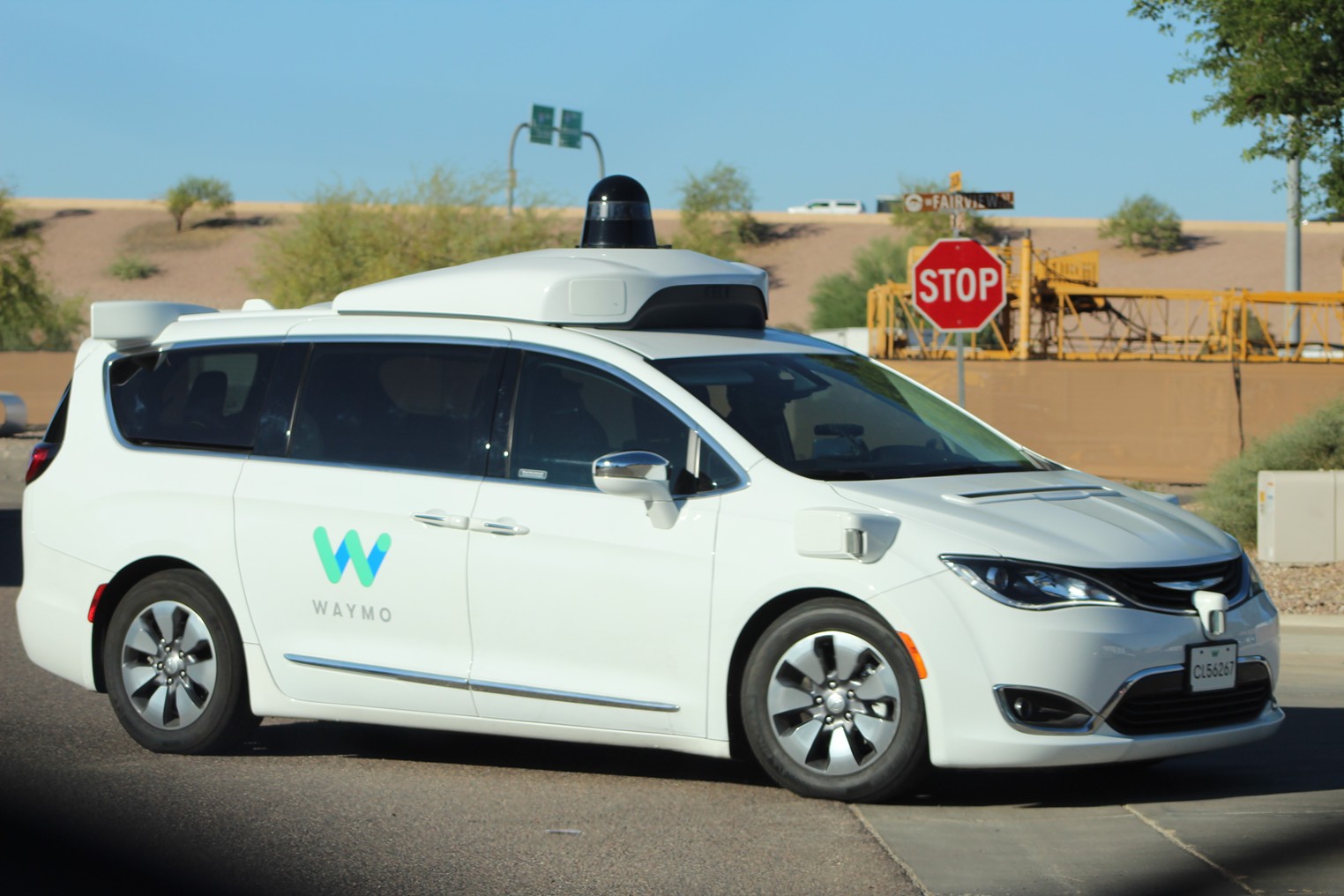S4WRXTTCS
Well-Known Member
My take on this issue that "HW3 already ran out of compute, so forget redundancy" is that our observer community may be jumping to an incorrectly-extrapolated conclusion based on a temporary situation (as reported by greentheonly and now widely accepted here as proof of HW3's computer inadequacy).
While it's certainly possible and not entirely surprising that the current FSD stack is turning out to be bigger than what HW3 was intended to support, its architecture is also evolving in ways that could dramatically shrink compute requirements for certain task handler modules. In today's presentation, Ashok gave an example of dramatic reduction of complexity in the parking-lot path problem. The initial "classic" geometry search approach (admittedly a brute-force straw-man in today's world, but not clearly so just a few years ago) was more than 1000x more compute-intensive than the Monte-Carlo Tree Search NN solution. Perhaps more realistic as a comparison, his intermediate method, taking advantage of Navigation support, was a great improvement but still 80x more resorce-intensive than the MCTS solution.
I'm reminded also of the startling reduction of the Google NN-based speech-recognition kernel. Starting with a task no one could reliably do around 20 years ago (perhaps outside of NSA and their supercomputers), they got it to a reasonably effective module at 2GB by 2012, then to an astonishingly efficient, portable stand-alone and better-performing kernel in just 80MB by 2019. Considering that the current learning-curve progress of the Driving problem is probably something like a 2005 analogue of the Speech Recognition problem, I'm cautiously optimistic that far better FSD solutions can be made to operate well within the HW3 compute resource. I don't think it's at all clear that we need to assume an inexorably increasing hardware requirement for the in-car execution of a future, more evolved FSD NN kernel.
The "redundancy guy" is probably the one everyone puts on mute during the teams meeting as they have more pressing things to do.
When they're allowed to talk they're probably going to want more redundancy than compute redundancy.




/cdn.vox-cdn.com/uploads/chorus_asset/file/13601830/vpavic_181128_3122_0115.jpg)